Alessandro Mendini vibrantly transforms the Le Corbusier Appartement No.50
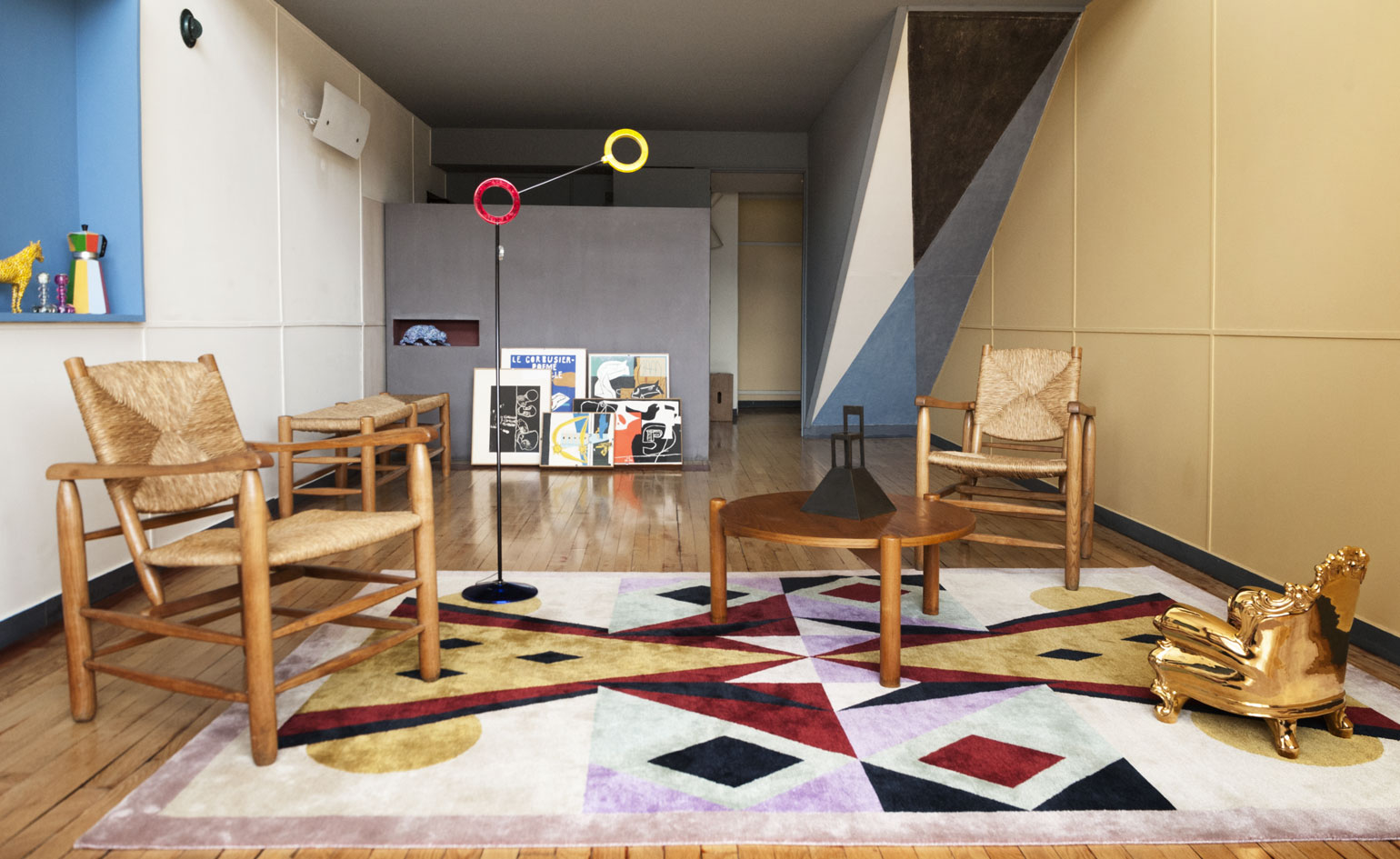
Jasper Morrison, the Bouroullecs, Konstantin Grcic and Pierre Charpin. This is the star-studded list of names who have had the pleasure of refitting Le Corbusier’s historical Appartement N°50, within Marseille's Unité d’Habitation. The landmark living space, owned by Jean-Marc Drut, has played host to an annual summer exhibition for the last six years.
Last year saw the first time the apartment has been taken over by a group of student designers, with the coveted school ÉCAL dispersing products that catered to the occupant's everyday needs. For 2016, Drut has placed the keys in the trusty hands of Italian designer Alessandro Mendini.
For his project, the master of radical design was inspired by the primary colours that characterise Le Corbusier’s building. Taking centre stage of the makeover is a strong line-up of eight custom-made, Memphis-style ceramic totems on the mezzanine floor, rigidly protecting the area and staring straight out of the window. ‘I selected eight colours similar to the ones he chose,’ Mendini explains, ‘with the aim of creating a diaphragm that acts on the modulation of sunlight.’
The vibrant palette is mirrored across the room, in the Nepalese rug that covers the floor, the striped caffettiera 'Oggetto Banale' on the mantlepiece and the playful 'Amuleto' floor lighting – all of which naturally enhance the wooden space. ‘All the normal furniture of the apartment has been left in place,’ Mendini explains, ‘including the paintings and documents belonging to Le Corbusier that are always present here.'
It is the space's sense of life and presence that makes this such a unique exhibition. The installation is indelibly imbued with a sense of the resident, the builder and the designer who placed their mark on it. ‘Finally I have the wonderful occasion to render homage to Le Corbusier with my delicate "performance”,' Mendini muses.
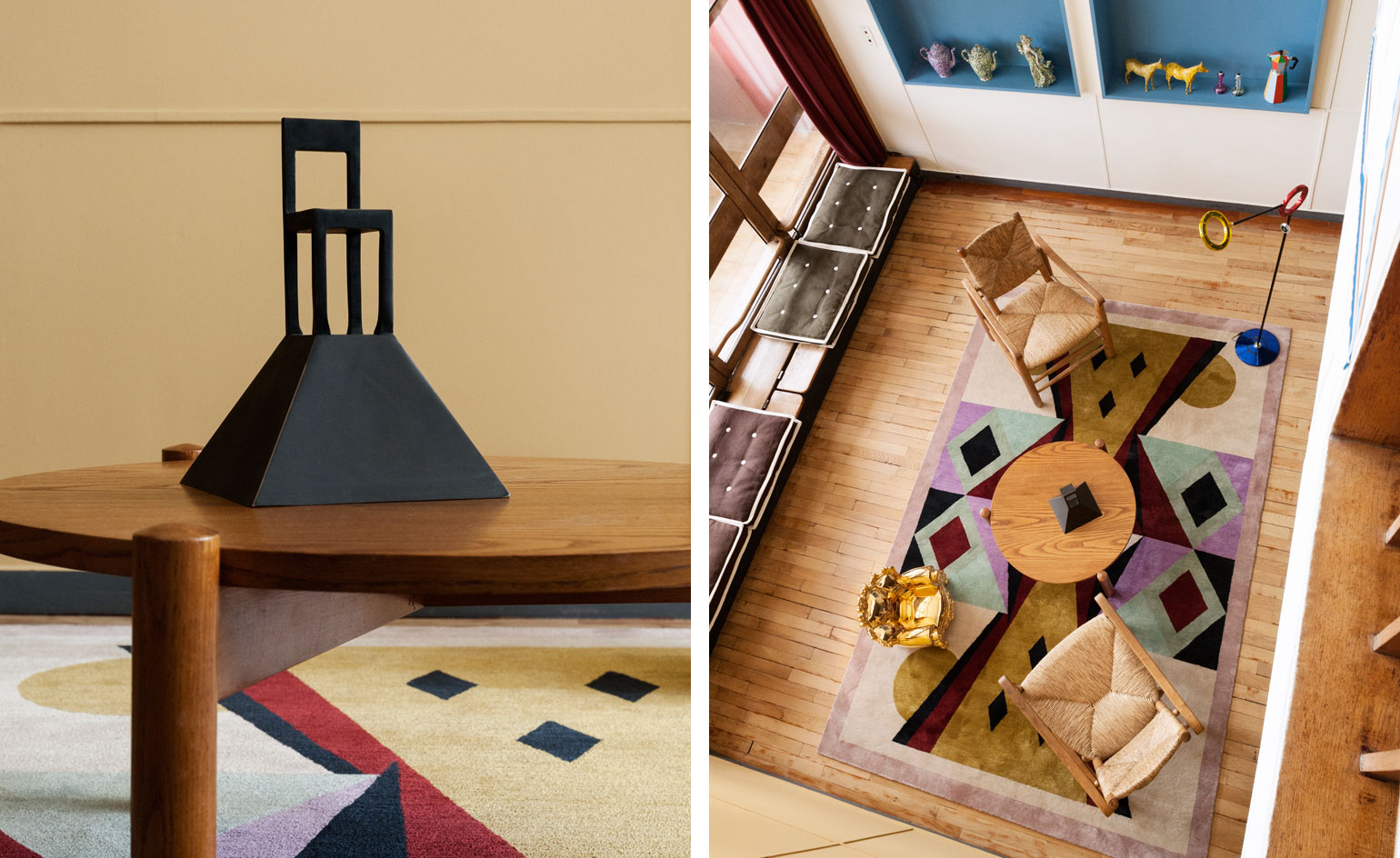
For his project, Mendini – a master of radical design – was inspired by the primary colours that characterise Le Corbusier’s building
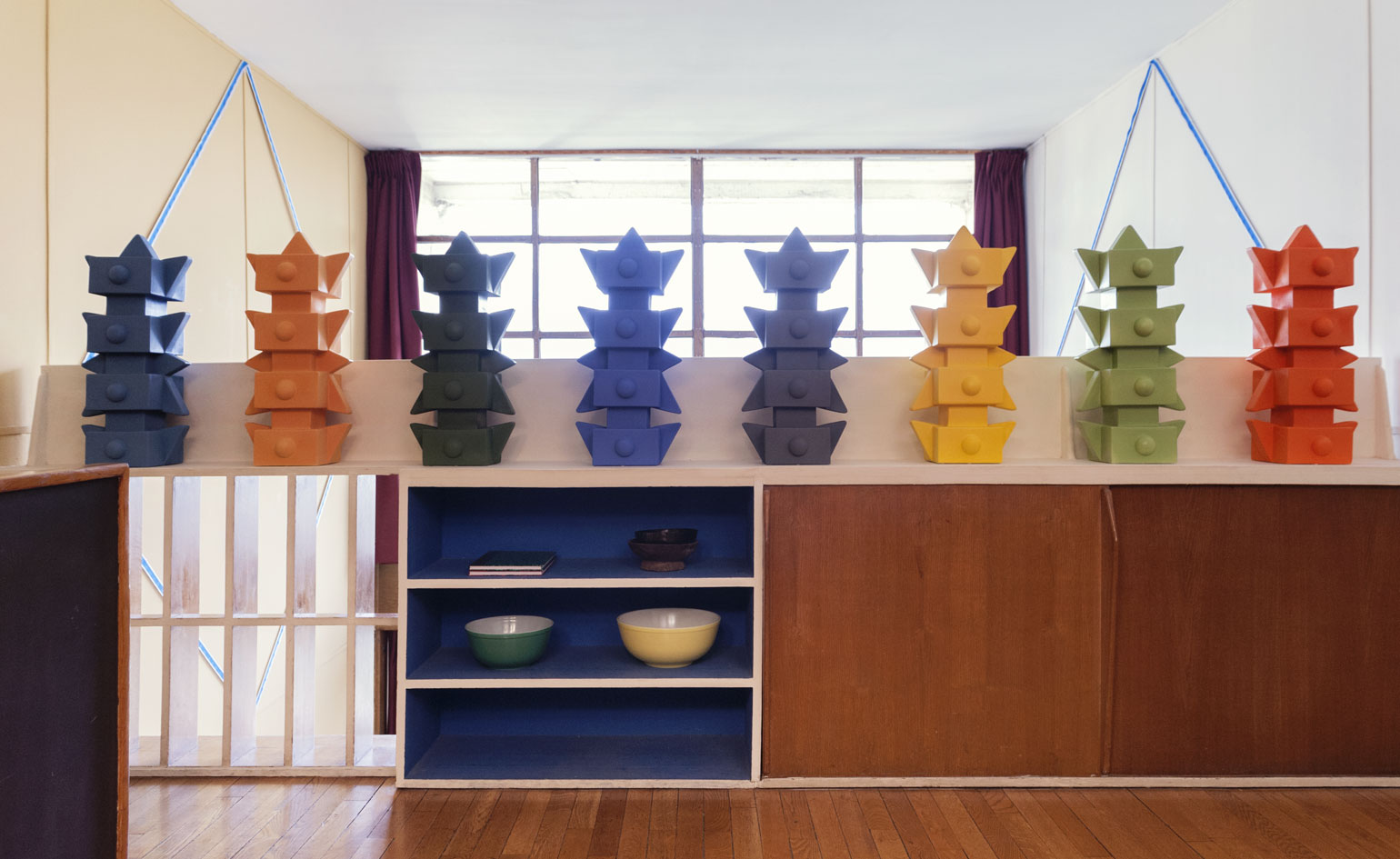
Taking centre stage of the makeover: eight custom-made, Memphis-style ceramic totems on the mezzanine floor, rigidly protecting the area and staring straight out of the window
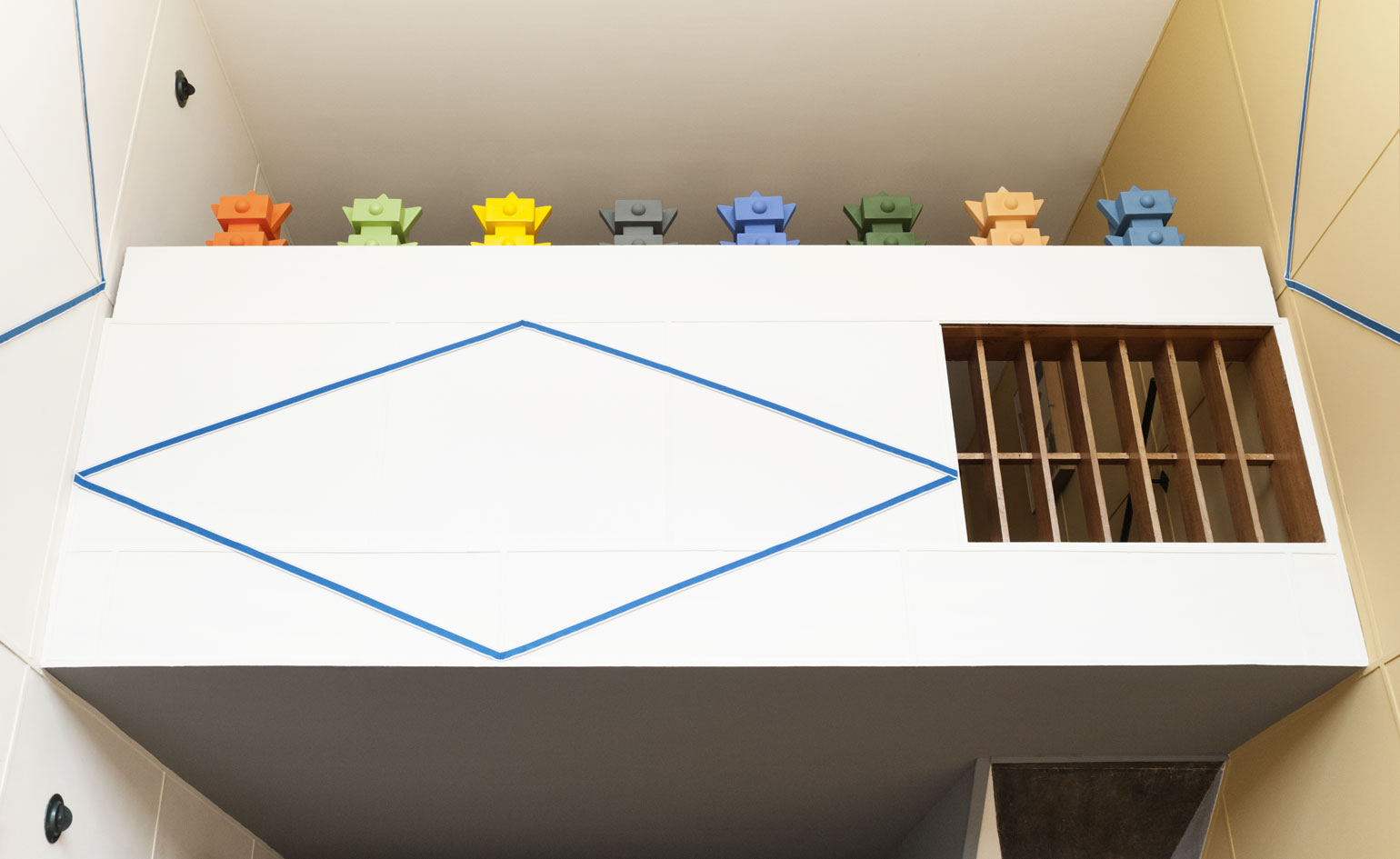
‘I selected eight colours similar to the ones he chose,’ Mendini explains, ‘with the aim of creating a diaphragm that acts on the modulation of sunlight’
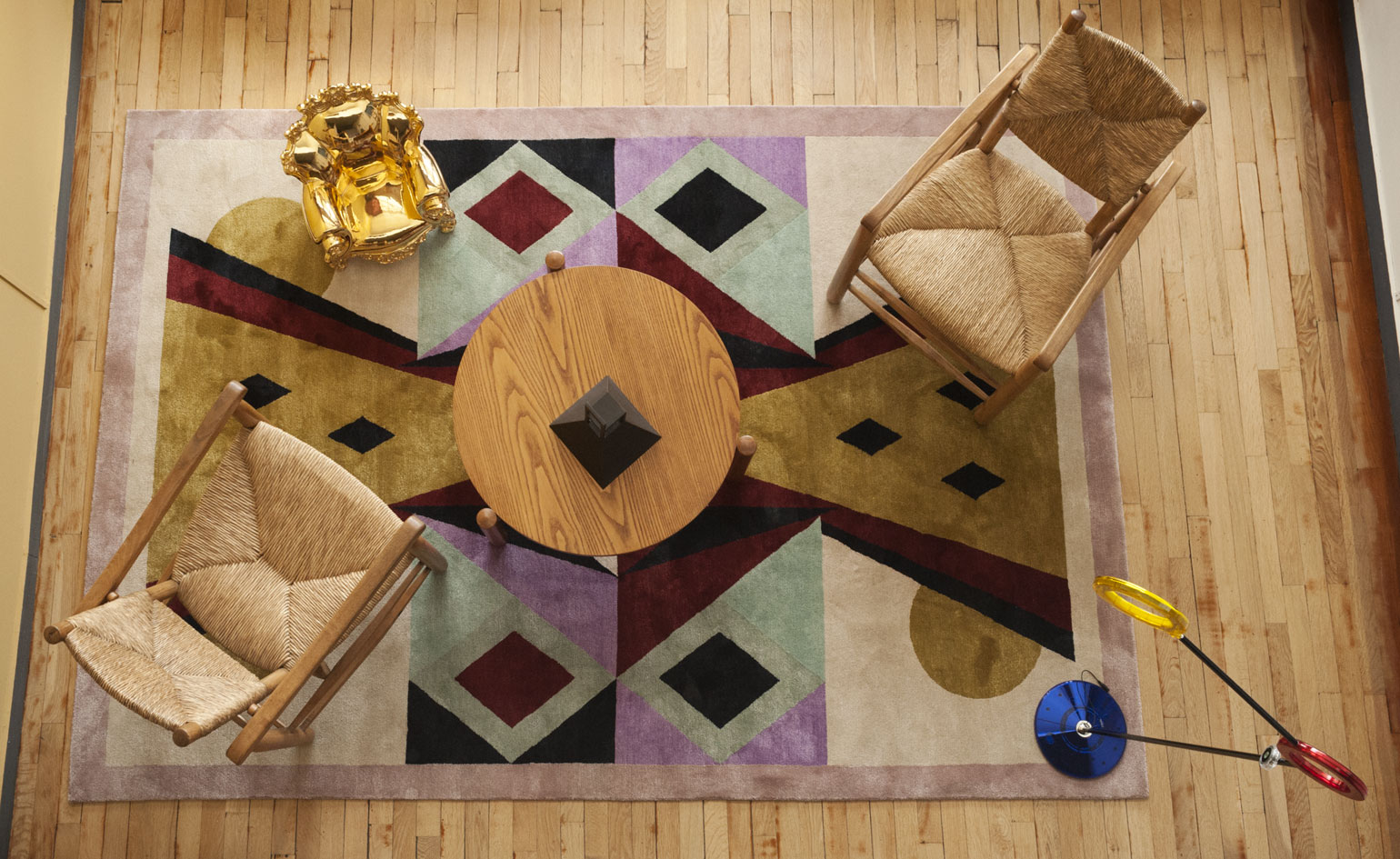
The vibrant palette is mirrored across the room, in the Nepalese rug that covers the floor, the striped caffettiera 'Oggetto Banale' on the mantlepiece and the playful 'Amuleto' floor lighting
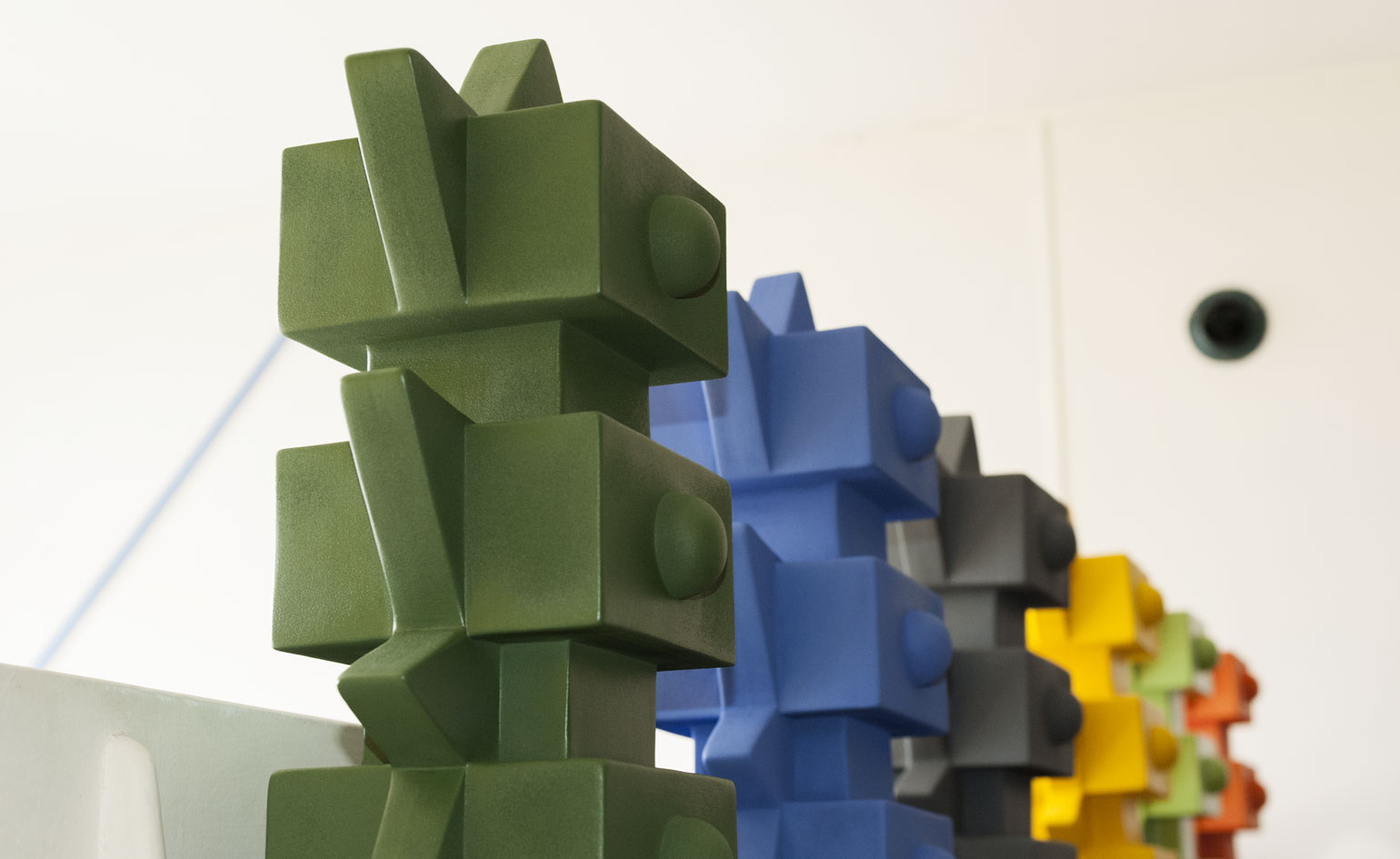
INFORMATION
Alessandro Mendini at Appartement N° 50 is on view from 15 July – 13 August. For more information, visit the Appartement N° 50 website
Photography: © Philippe Savoir / foundation Le Corbusier / ADAGP
Wallpaper* Newsletter
Receive our daily digest of inspiration, escapism and design stories from around the world direct to your inbox.
Sujata Burman is a writer and editor based in London, specialising in design and culture. She was Digital Design Editor at Wallpaper* before moving to her current role of Head of Content at London Design Festival and London Design Biennale where she is expanding the content offering of the showcases. Over the past decade, Sujata has written for global design and culture publications, and has been a speaker, moderator and judge for institutions and brands including RIBA, D&AD, Design Museum and Design Miami/. In 2019, she co-authored her first book, An Opinionated Guide to London Architecture, published by Hoxton Mini Press, which was driven by her aim to make the fields of design and architecture accessible to wider audiences.
-
 All-In is the Paris-based label making full-force fashion for main character dressing
All-In is the Paris-based label making full-force fashion for main character dressingPart of our monthly Uprising series, Wallpaper* meets Benjamin Barron and Bror August Vestbø of All-In, the LVMH Prize-nominated label which bases its collections on a riotous cast of characters – real and imagined
By Orla Brennan
-
 Maserati joins forces with Giorgetti for a turbo-charged relationship
Maserati joins forces with Giorgetti for a turbo-charged relationshipAnnouncing their marriage during Milan Design Week, the brands unveiled a collection, a car and a long term commitment
By Hugo Macdonald
-
 Through an innovative new training program, Poltrona Frau aims to safeguard Italian craft
Through an innovative new training program, Poltrona Frau aims to safeguard Italian craftThe heritage furniture manufacturer is training a new generation of leather artisans
By Cristina Kiran Piotti
-
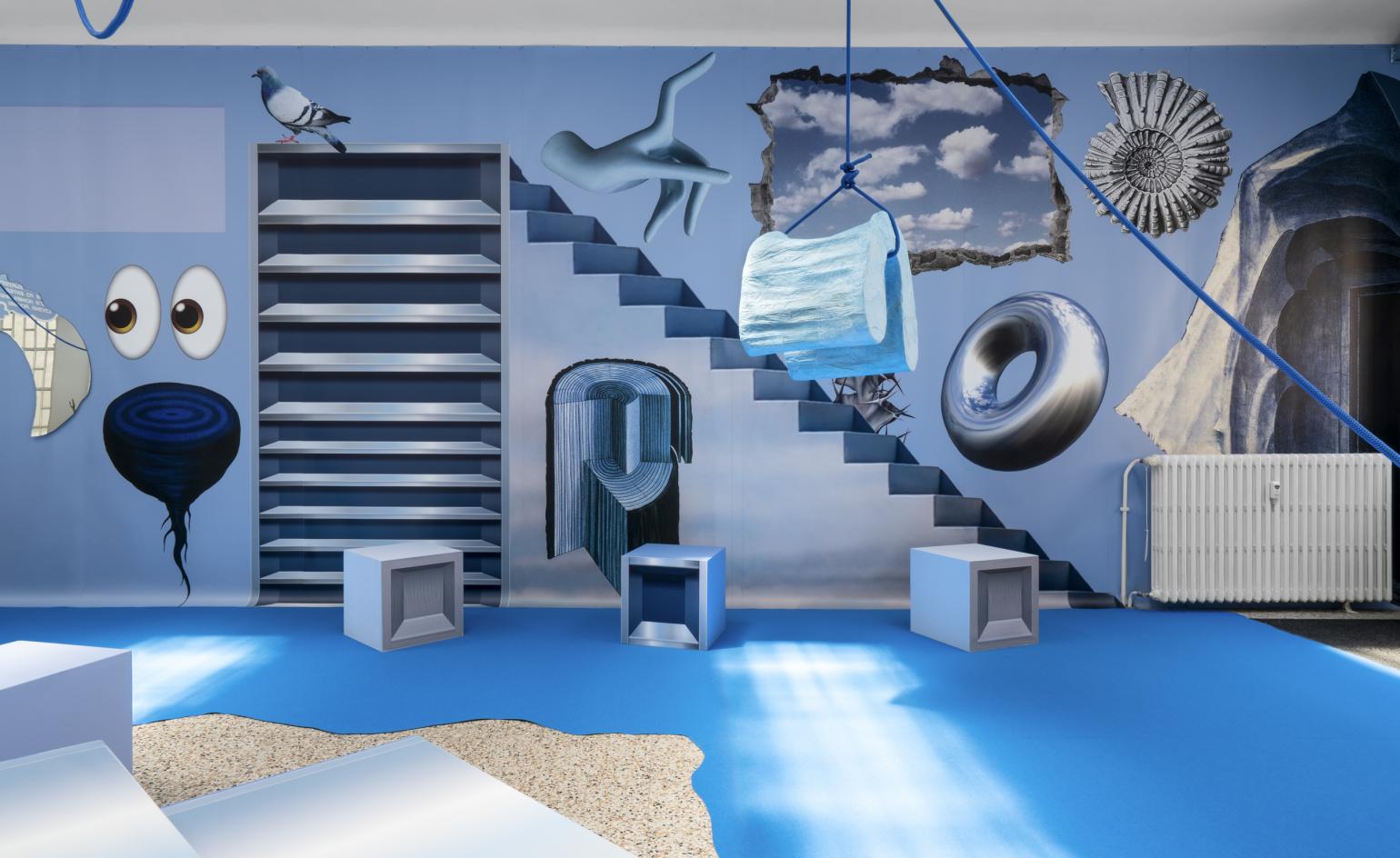 ‘You don't want space; you want to fill it’: Milan exhibition
‘You don't want space; you want to fill it’: Milan exhibitionMaking its debut during Milan Design Week 2022 at Marsèll Paradise, a new exhibition by Matylda Krzykowski, explores how we approach the space we live in (until 15 July 2022)
By Cristina Kiran Piotti
-
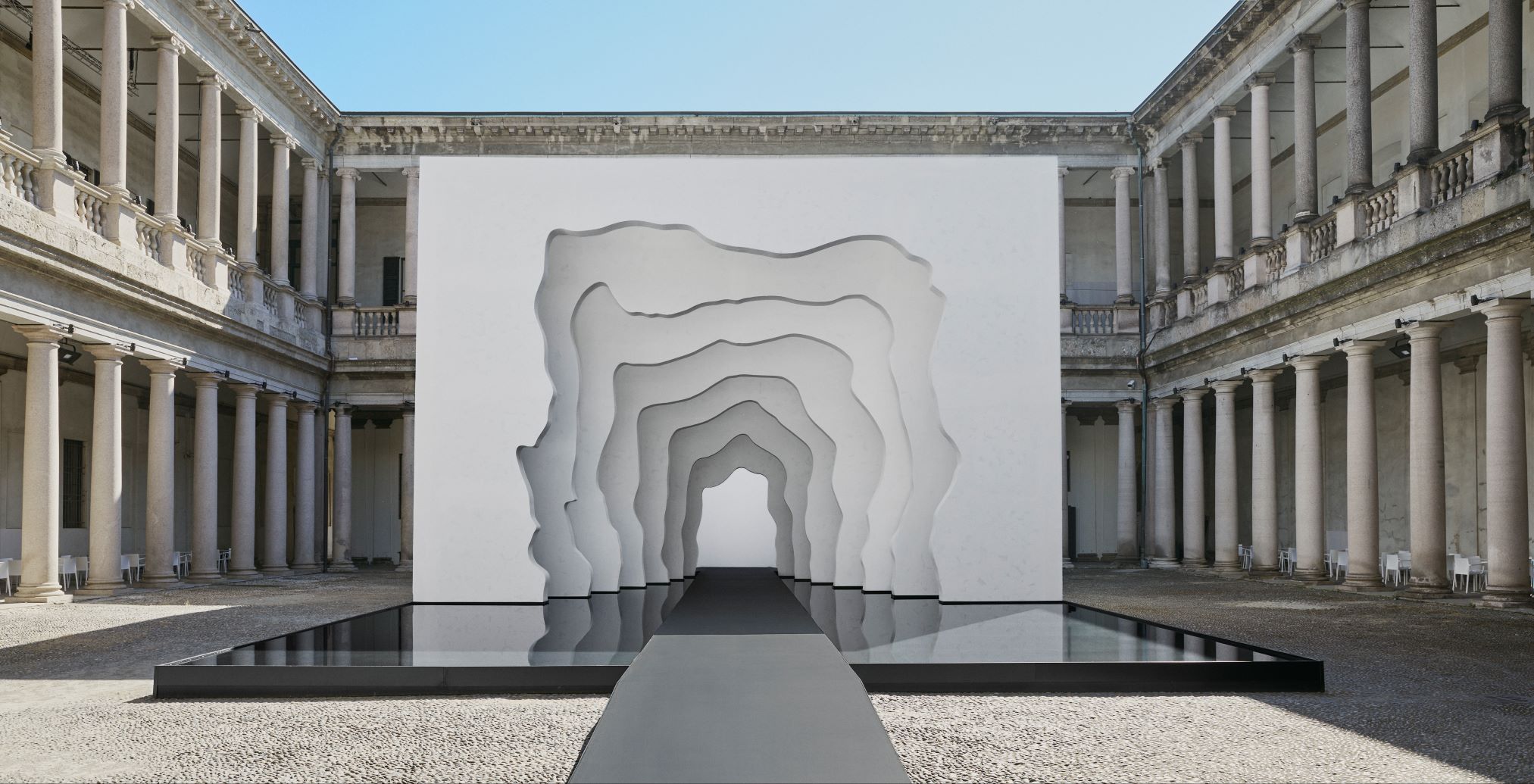 Kohler and Daniel Arsham brought experiential art to Milan Design Week
Kohler and Daniel Arsham brought experiential art to Milan Design WeekLooking back on Daniel Arsham and Kohler’s Divided Layers installation, and the brand’s latest bathroom collection
By Simon Mills
-
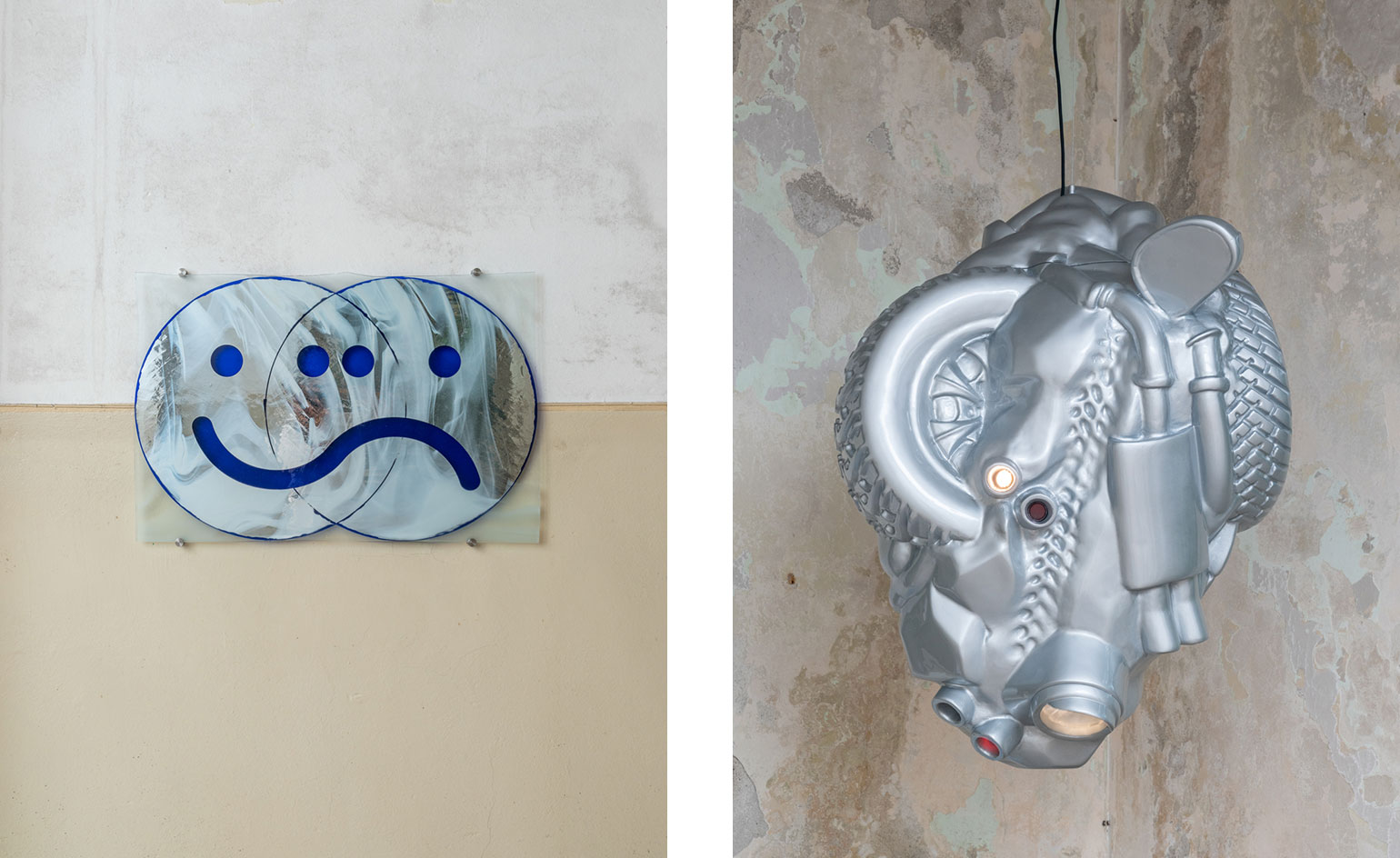 Men’s mental health takes centre stage at an art and design exhibition by Tableau
Men’s mental health takes centre stage at an art and design exhibition by Tableau‘Confessions’, which travels to Copenhagen’s 3 Days of Design following its debut at Milan Design Week 2022, features commissioned work by 14 male artists, designers and architects, reflecting on toxic masculinity, vulnerability and mental health
By TF Chan
-
 Recycled glass tiles by Studio Plastique, Snøhetta and Fornace Brioni launch in Milan
Recycled glass tiles by Studio Plastique, Snøhetta and Fornace Brioni launch in MilanThe ‘Forite’ tile collection, which upcycles glass components from discarded fridges, ovens and microwaves, launches with an exhibition at Alcova during Milan Design Week 2022
By TF Chan
-
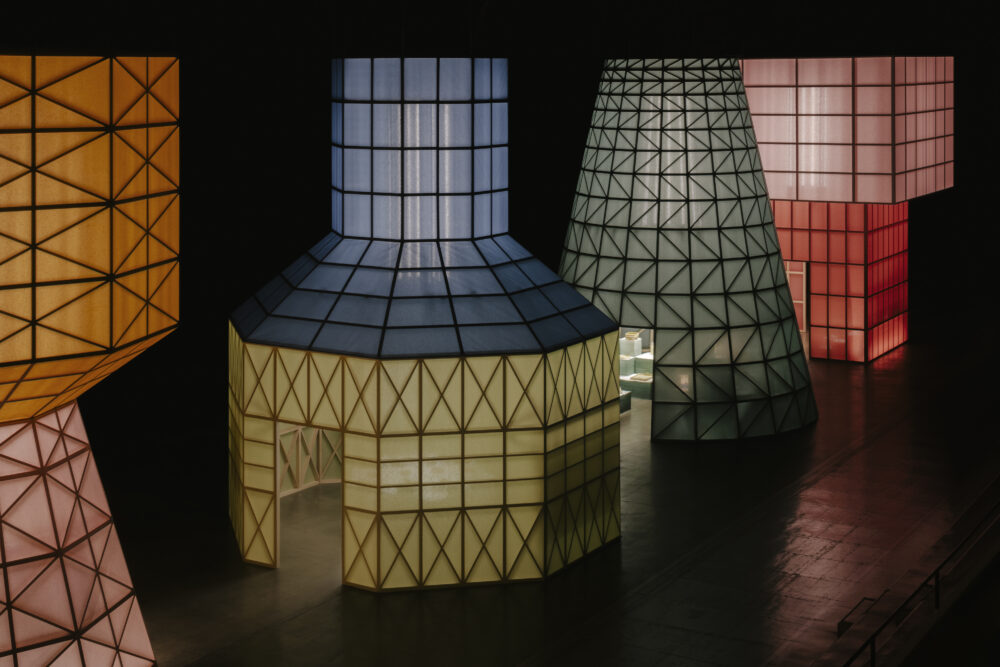 Hermès’ annual Milan Design Week spectacle is inspired by brutalist water towers
Hermès’ annual Milan Design Week spectacle is inspired by brutalist water towersBringing colour and lightness to Fuorisalone 2022, Hermès’ installation at La Pelota conceals the maison’s latest collections of furniture, accessories and lighting
By Rosa Bertoli
-
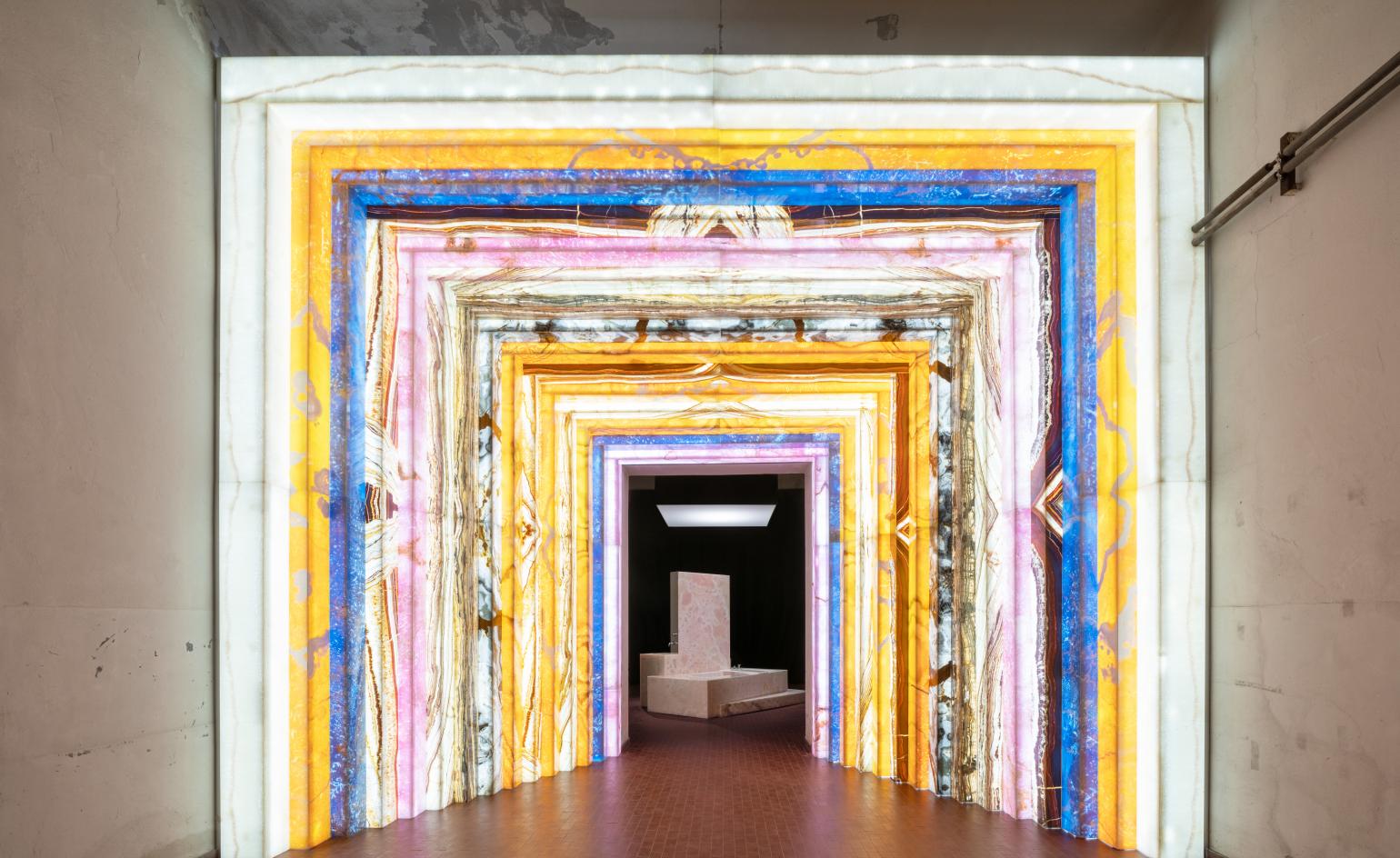 Alcova: wellbeing, cultural identity and the environment in focus at Milan Design Week 2022
Alcova: wellbeing, cultural identity and the environment in focus at Milan Design Week 2022In its fourth edition during Milan Design Week 2022, Alcova brings together a diverse group of designers and brands curated by Valentina Ciuffi and Joseph Grima
By Sujata Burman
-
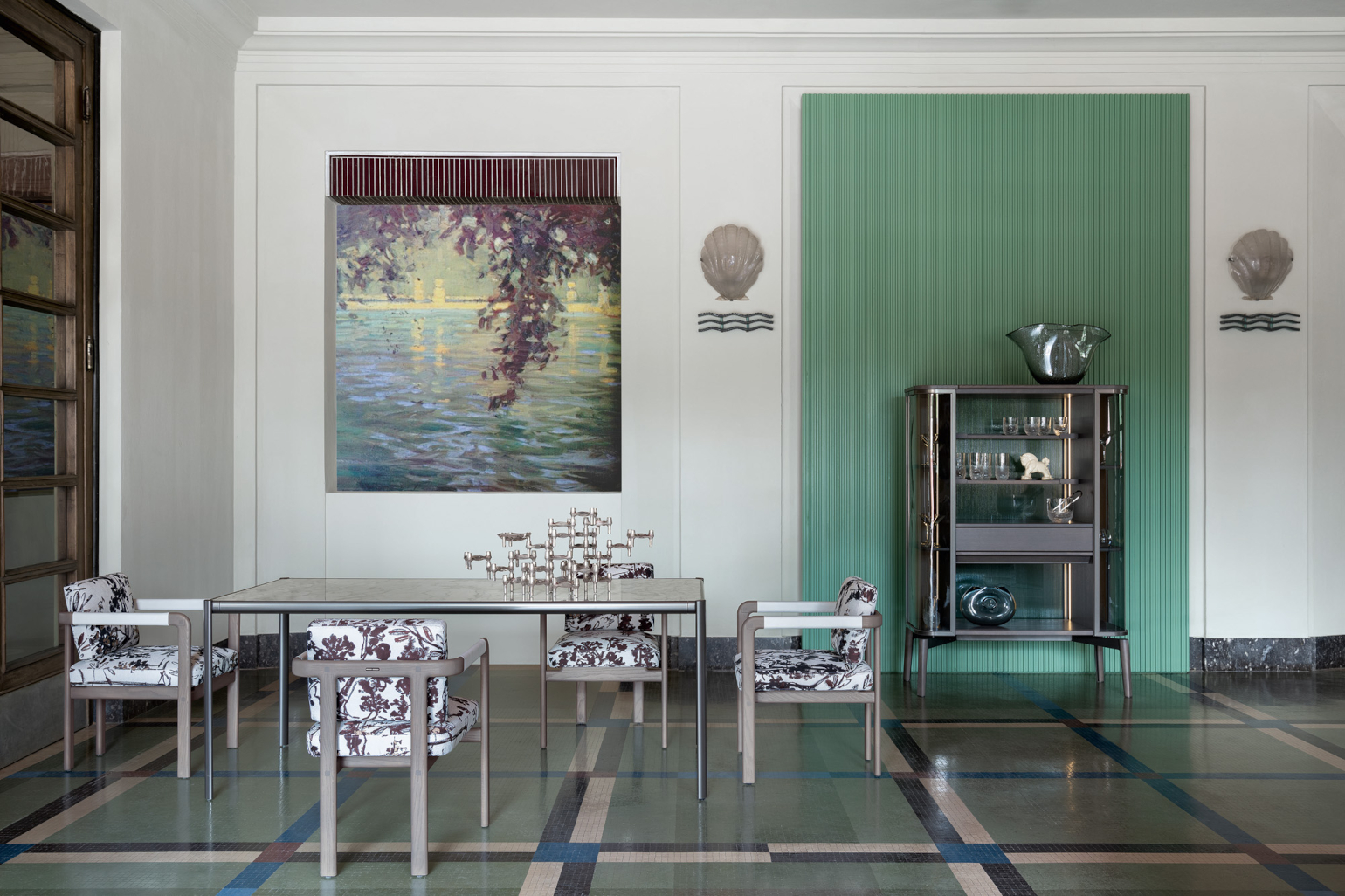 New Giorgetti furniture balances beauty and functionality
New Giorgetti furniture balances beauty and functionalityNew Giorgetti furniture, revealed at Salone del Mobile 2022 and photographed here at the rationalist Castrocaro Terme, is perfectly poised between beauty and functionality
By Rosa Bertoli
-
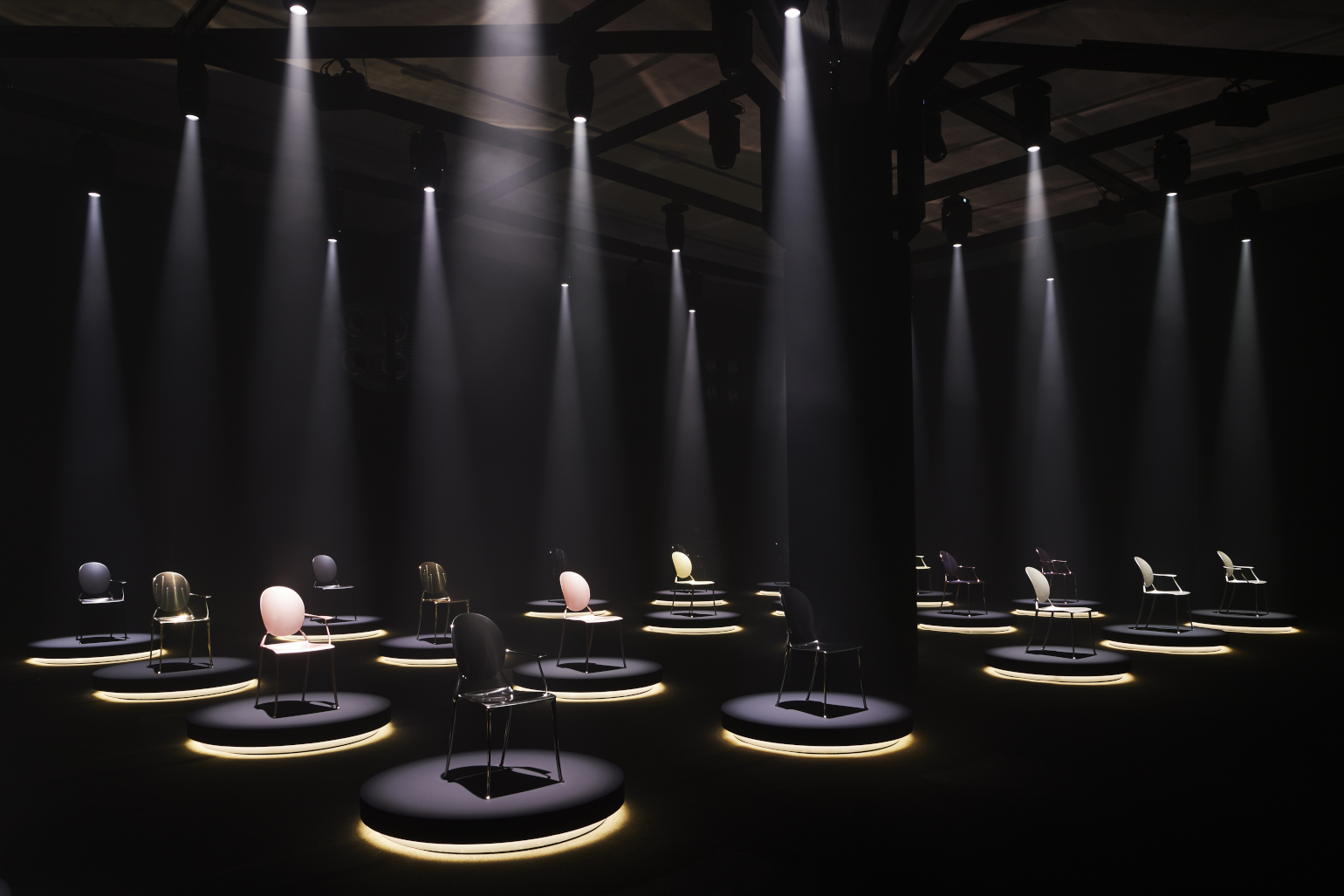 Philippe Starck reinterprets Dior’s Louis XVI Medallion chair in Milan
Philippe Starck reinterprets Dior’s Louis XVI Medallion chair in MilanDior has commissioned Philippe Starck to put a contemporary twist on a classic piece of seating for Milan Design Week 2022, complete with an immersive installation at Palazzo Citterio
By TF Chan